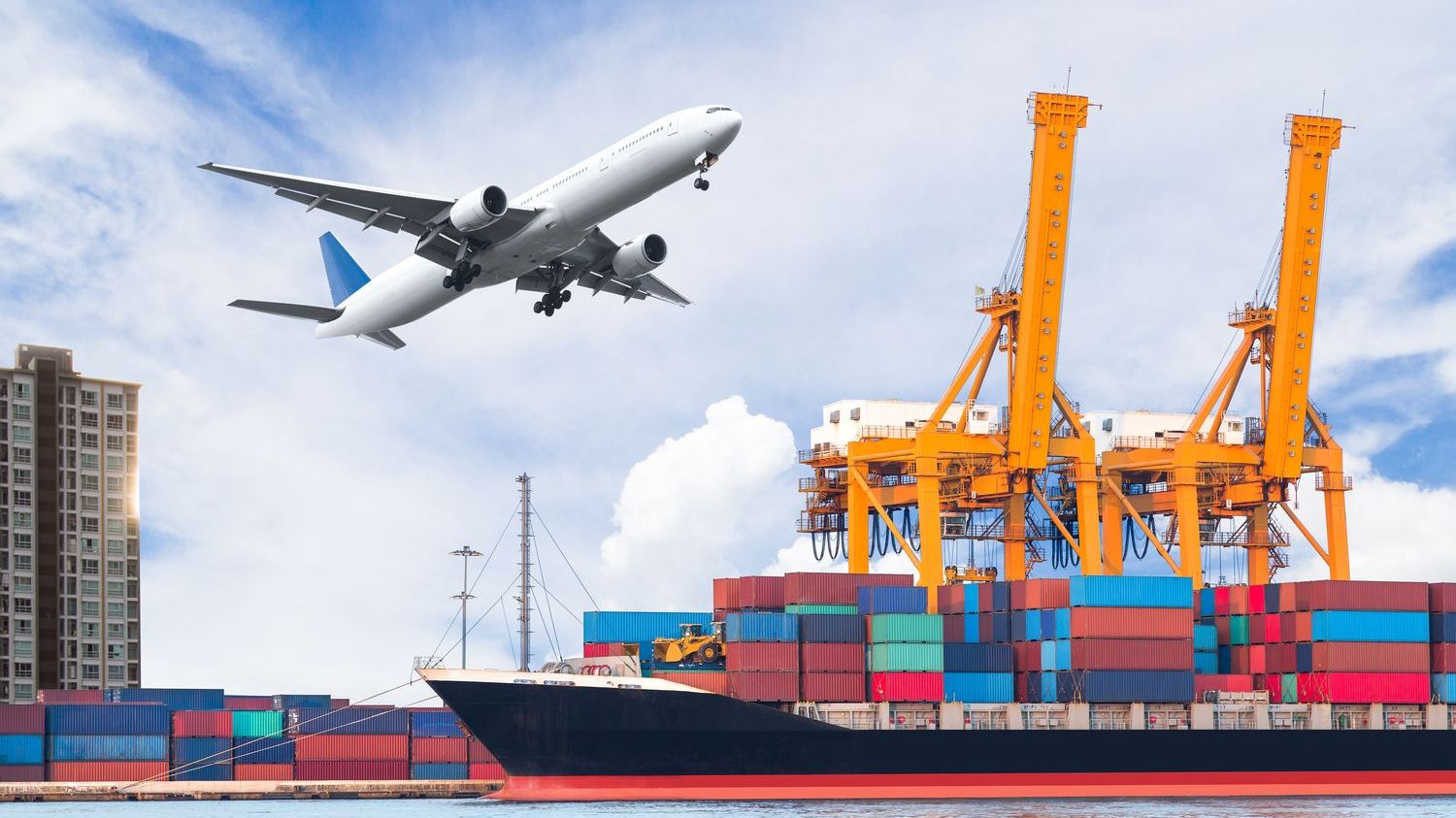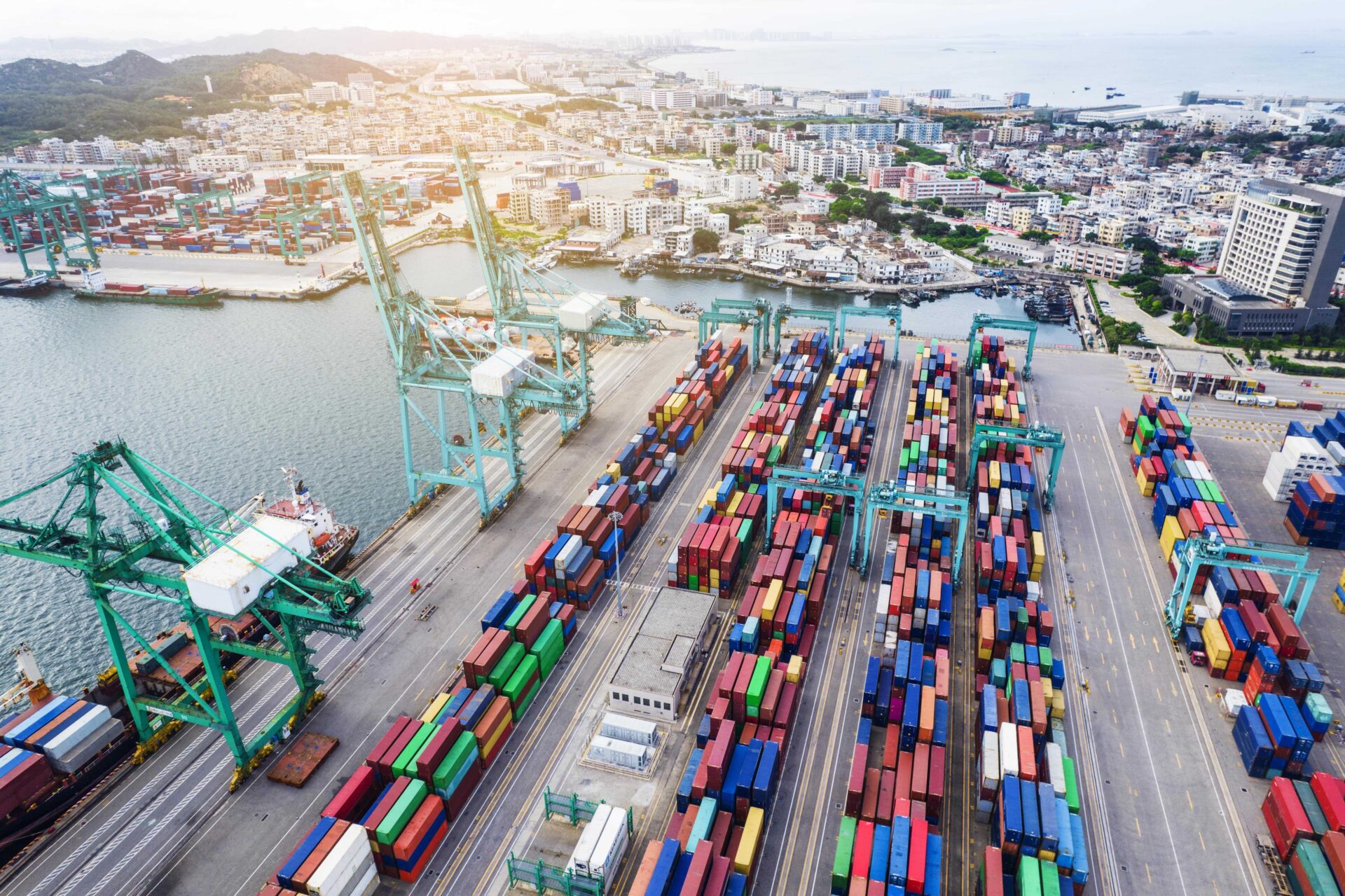In today’s global marketplace, businesses are increasingly looking to tap into the vast manufacturing capabilities of China. However, one critical aspect that often catches many off guard is the intricate web of shipping costs involved. Understanding these costs is essential for maintaining profitability and ensuring timely deliveries. This article delves into the nuances of shipping from China, focusing on the factors influencing costs, strategies to minimize expenses, and how XRGLOBAL can streamline your logistics process.
China, known for its extensive supply chain network and low labor costs, has become a go-to destination for international manufacturers. The country’s ports handle a colossal volume of goods, making it an attractive gateway for export-oriented businesses. However, the shipping cost component, which includes freight, customs duties, insurance, and handling fees, can vary significantly based on several variables.
First and foremost, the choice of shipping method plays a significant role in determining the overall cost. Sea freight is typically more affordable than air freight, but it comes with longer transit times. Air cargo is faster but significantly more expensive, making it suitable for urgent shipments or high-value goods. Companies like XRGLOBAL offer a mix of sea and air freight solutions, tailored to meet the specific needs of their clients while keeping costs under control.
Next, the distance between the Chinese port and the final destination is a crucial factor. Shipping costs tend to rise exponentially as you move further away from China, especially if you’re importing to remote or less-served regions. Companies that can consolidate shipments or utilize strategic distribution centers can reduce transportation costs. XRGLOBAL, with its extensive network, helps optimize routes and minimize additional handling charges.
Warehousing and storage in China can also impact shipping costs. If your products need to be held for extended periods before shipping, the associated costs, such as storage fees and insurance, will add up. By partnering with XRGLOBAL, you can benefit from their warehouse services that provide efficient inventory management, reducing the need for extended storage and minimizing costs.
Customs duties and taxes are another significant expense when shipping from China. These vary depending on the product category, origin, and destination country’s regulations. Companies often seek assistance from freight forwarders like XRGLOBAL, who possess expertise in navigating the complex customs procedures, ensuring compliance and minimizing duty payments.
Transit insurance is another indispensable component of shipping costs, protecting your goods against potential damage or loss during transit. While the cost varies based on the declared value of the goods, XRGLOBAL offers competitive insurance options to safeguard your investments.
Furthermore, the seasonality of the shipping industry can influence costs. During peak seasons, demand surges, leading to higher rates and longer lead times. By partnering with a flexible logistics provider like XRGLOBAL, you can secure space and rates in advance, avoiding last-minute price hikes.
Lastly, it’s crucial to consider the efficiency of your logistics partner. A well-organized and streamlined process can significantly reduce transactional costs and administrative burdens. XRGLOBAL’s end-to-end logistics solution includes documentation, customs clearance, and tracking, streamlining the entire shipping process and saving time and resources.
In conclusion, understanding shipping costs in China requires a deep dive into various factors that contribute to the overall expense. By choosing a reliable logistics partner like XRGLOBAL, businesses can navigate these complexities more effectively. Their expertise, combined with customizable shipping solutions and cost-saving strategies, can help you maintain a competitive edge in the global market. So, whether you’re just starting your China sourcing journey or refining your existing logistics operations, partnering with XRGLOBAL ensures a smoother, more cost-efficient shipping experience.




